What is Workforce Management Software?
You know what workforce management is. It’s when you show up and tell Jim that if he quits screwing around and Jackie ever gets off her phone, the three of you might actually get something done today. And you don’t know why you would need software to do that.
But I’m here to tell you that workforce management software can be much more. It helps make sure people are there when they need to be. It ensures you aren’t spending too much or too little on your labor force and helps you gain insight into how your people work and who your best people are. If you want to see how workforce management software can help your business run like a well-oiled machine and save money, then keep reading.
What does Workforce Management Software Do?
Workforce management software helps to increase the overall value of a company’s labor force. It can also be known as labor management software. Workforce management is often included in Human Capital Management (HCM) suites. Examples include Oracle Cloud HCM and Workday HCM. However, even if a workforce management package is not part of an HCM, it will typically have some human resource management features. Examples might include modules for onboarding, talent management, etc.
Some products increase the workforce’s value by providing consistency to fundamental processes. Others focus on optimizing the workforce based on collected data. This can be very valuable but often relies on the processes above being mastered.
What is the Difference between Workforce Management and Workforce Optimization
Two terms often seen together are workforce management, or WFM, and workforce optimization. They are often used interchangeably. Even when they aren’t, the line between them is incredibly blurry, and there is no consistent delineation. The best way to think about the difference is that workforce optimization is a more advanced form of workforce management.
Workforce management helps provide consistent, repeatable, and automated processes for things you are probably already doing. These include staff scheduling, time tracking, leave and absence management, and regulatory compliance.
Products focused on workforce management often tend to target smaller businesses. There are two reasons for this. First, these are the types of companies most likely to be looking to transition away from manual processes to automated ones. Second, businesses with ten to twenty employees likely won’t see the same benefits of advanced analytics as those with 200 employees or more.
Workforce optimization builds on the functionality of workforce management. Analytics and other features are built on top of the workforce management features. They empower strategic decision-makers with actionable insights.
Workforce Management Features
These features help to form the core of workforce management software. They provide the essential tools to help owners, managers, and administrators have control over their workforce.
Employee Scheduling
Employee scheduling is the process of creating a work schedule and ensuring appropriate staffing. This is something that nearly every business is already doing, but many are doing it inefficiently. Like, the 20th century inefficiently. 45% of shift workers say they still get their schedules on a piece of paper. Manually shift scheduling is a 2+ hour process for over half of all employers.
Software-based scheduling can help streamline these time-consuming processes. Scheduling apps typically come in one of two flavors: drag-and-drop or auto-schedulers. Drag-and-drop schedulers provide a user-friendly interface that allows you to keep track of important information as you make the schedule. Auto-schedulers will automatically create schedules at the click of a button based on the constraints you input. The initial setup can take a bit, but it will save time in the long run. Both flavors of scheduling apps typically let you create schedule templates for schedules that work well.
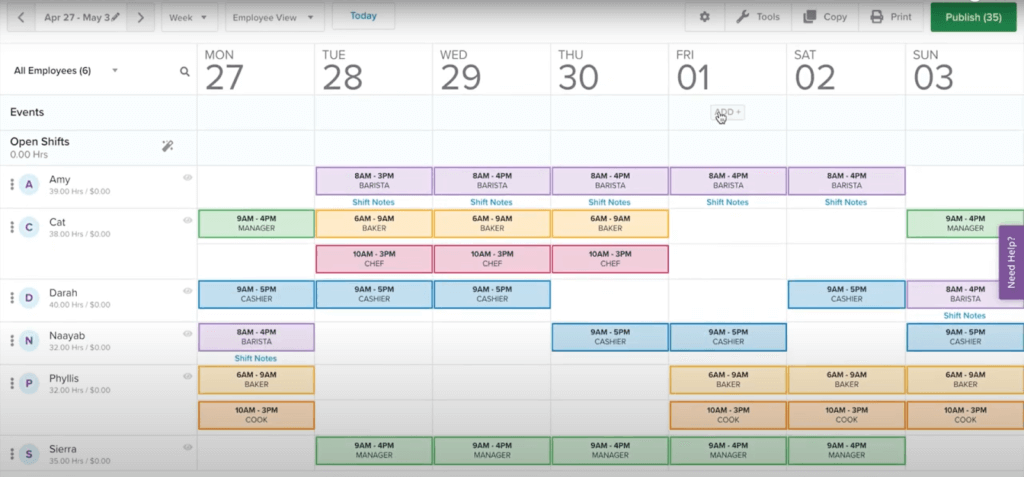
There are often communication tools associated with scheduling apps. These tools can send notifications to employees of newly created schedules and schedule changes in real time. They also typically provide a centralized platform for shift swapping or finding replacements. This functionality may be more important in some industries than others (hello hospitality).
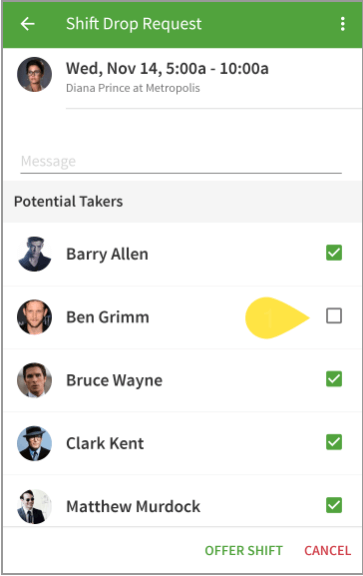
Time and Attendance Tracking
Time tracking is knowing when your employees worked, which can be a more difficult challenge than it sounds in some industries. Time tracking is typically centered around three things: convenience, reliability, and fraud prevention.
Convenience often takes the form of multiple time clocks. Many software solutions include a time clock that can be accessed from a mobile device. Mobile time clocks are especially beneficial to field and distributed teams. This is because these teams cannot utilize a centralized time clock.

Reliability is necessary to prevent lost time data, especially at remote sites or for field teams. Convenience is essential to help ensure workers clock in and out. Fraud prevention is necessary to help prevent employees from abusing the system. This abuse most often involves clocking in for absent coworkers or clocking in early and out late. Fraud prevention systems can include requiring photos on clock-in, other biometric validation, geofencing, and schedule enforcement. Much of this is enabled through the packages’ associated mobile app.
A key feature of many time tracking modules is integration with payroll systems. While time tracking is essential by itself, the ability to export timesheets directly to payroll can save a lot of time. It can potentially also save a lot of errors from data entry, which can be more valuable than time. Different workforce management tools will have different integration sets. However, most will provide basic tools, such as CSV exports, that can be used if a direct integration is unavailable.
Leave Management
Leave management is made up of three main activities: tracking accumulated time off, processing time off requests, and making sure people on leave aren’t put on the schedule. These components are relatively straightforward, but there is variation in flexibility and ease of use.
In terms of flexibility, some workforce management systems may only handle limited types of leave. This includes legally required leave and a single general policy. They may not track things like sick leave, and vacation leave separately. For many workplaces, this isn’t an issue. For others, it will make it hard to implement company policies within the system.
As for ease of use, this is often the opposite of the system’s flexibility. Leave management that provides only the bare minimum will often work straight out of the box. In contrast, more customizable systems require rule inputs, which can be prone to human errors and oversights.
Regulatory Compliance
The regulatory compliance module of workforce management software builds on the three previous sections. A good example of this is overtime. Many scheduling apps can be set up to prevent employees from being scheduled over 40 hours a week.
Another example is break compliance. Many states require breaks if employees work certain length shifts. Often, the responsibility to enforce these breaks falls to shift managers. On chaotic shifts, that responsibility gets overlooked. Many time tracking systems will remind employees to take their breaks and alert administrators if breaks are not taken.

There are many additional ways that workforce management helps with regulatory compliance. Overtime, part-time, health and safety, and fair workweek compliance. These function similarly: the software centralizes relevant information and provides workflows for compliance.
Workforce Optimization Features
These features tend to build and extend the features of Workforce Management software. Many software solutions will not have all of these features. Instead, they often focus on specific features based on industry niches and focuses.
Workforce Analytics
Workforce analytics can take numerous forms. Some reports and metrics may be broadly applicable. Others will be specific to industries or individual businesses. However, a good workforce analytics suite will enable you to collect them all. Additionally, you will be able to create dashboards and reports to help with strategic decision-making.

Performance Management
A large component of workforce management is employee performance management. While performance management is a human interaction, software can help facilitate the process. Performance management software can help through automation. For example, it might include metrics about a worker’s performance and make those available to managers during the review process.
However, the most significant impact of performance management software is consistency. Many organizations have performance management processes that vary in frequency and style. This variability can make it difficult for high-level administrators to have consistent visibility into workforce performance. It can also make it hard to identify high performers suitable for promotion or additional training.
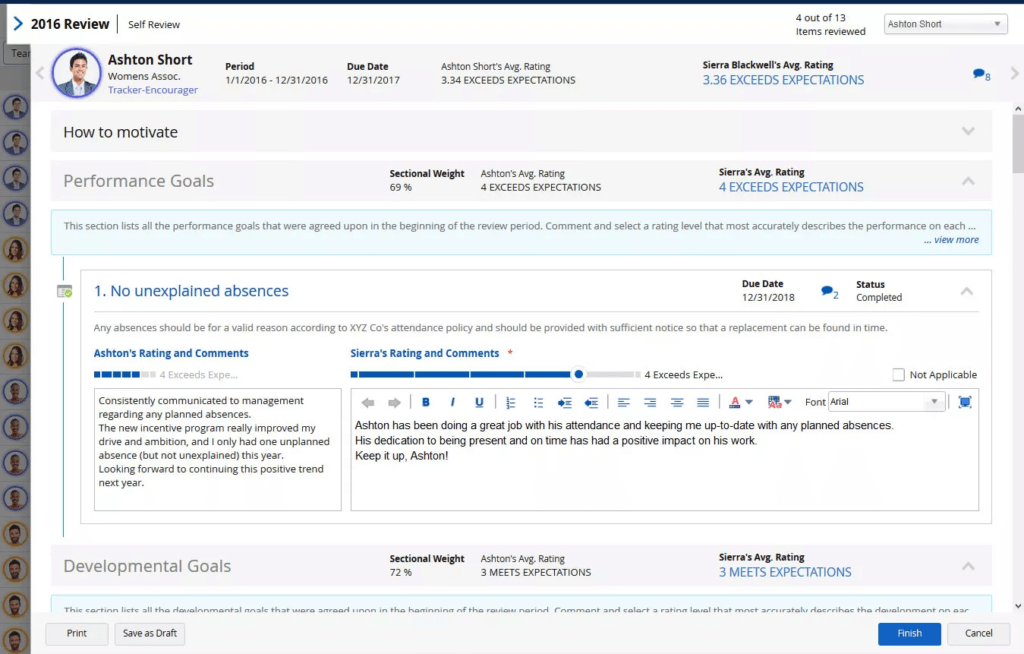
Workforce management tools can help solve this problem by providing consistent workflows. This standardization allows for more straightforward comparisons between employees and gives upper management more visibility into the workforce. These improvements can help with workforce planning or personnel decisions.
Labor Forecasting
Part of getting maximum value from your workforce and ensuring profitability is ensuring your workforce is appropriate for demand. In a manufacturing setting, this is not difficult, as labor requirements can be expected to be fairly constant. However, retail and hospitality can expect wide swings in the necessary labor.
Many workforce management solutions include labor forecasting modules to help with budgeting and controlling labor costs. These modules utilize historical data, seasonal trends, sales forecasts, and weather forecasts to estimate how much labor will be needed. In many solutions, this can then be passed straight back to the employee scheduling module to get a data-based schedule.

Employee Monitoring
Employee monitoring serves two functions. First, it ensures that employees remain on task without expensive human oversight. The days of Minesweeper in the back cubicle are over because you can’t just change your screen when your boss shows up.
Perhaps more realistically, employee monitoring helps maintain productivity and compliance even as remote work has become the norm. For example, many call centers and contact centers have shifted to virtual agents in the wake of the pandemic. However, employee productivity and information security concerns remain.
Employee monitoring software helps to solve both of these problems. First, it can use various techniques to ensure that employees remain on task. Additionally, it can monitor an employee’s computer to detect malicious software or other data threats.
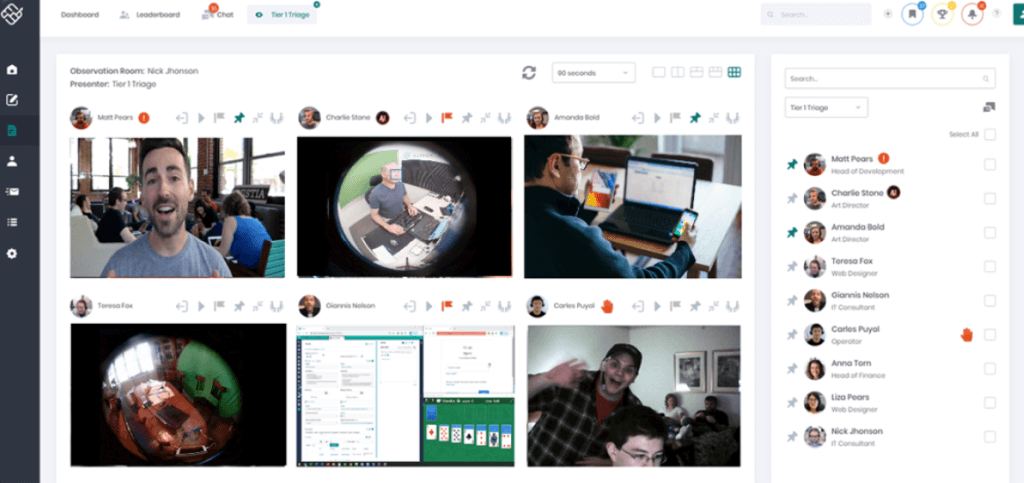
Employee Engagement
Last but not least, we have the true new age addition to workforce management. That doesn’t mean that it isn’t important. Research by Gallup has shown that business units in the top quartile of employee engagement levels show 18% increased productivity and 23% increased profitability compared to business units in the bottom quartile.
Employee engagement modules will focus on tasks like collecting feedback and compiling statistics. Feedback is typically collected through smaller pulse surveys and larger engagement surveys. Pulse surveys are small, short-term surveys that ask a few questions. These are most often used as conversation starters and early indicators of dissatisfaction.
In contrast, engagement surveys are typically much longer and more in-depth. Results from these surveys are often compiled into reports and dashboards, like the one shown below.

In addition to the raw results of surveys, many employee engagement modules will also provide benchmark data and other data to help contextualize results. This can help translate abstract measures of engagement into concrete outcomes, like decreases in attrition rate.
More Resources
If you’ve decided this workforce management software is just what you need to help optimize your business, then check out the best workforce management software here. If full-blown workforce management seems a little much for you, but you still like some of the features you see here, then take a look at some smaller products such as:
- Employee scheduling
- Time tracking
- Leave management
- Employee performance management
- Workforce analytics
- Employee monitoring
- Employee engagement
Finally, if you have used any of the products mentioned above, please leave a review here. Your review can help others in their buying journey.
Was this helpful?
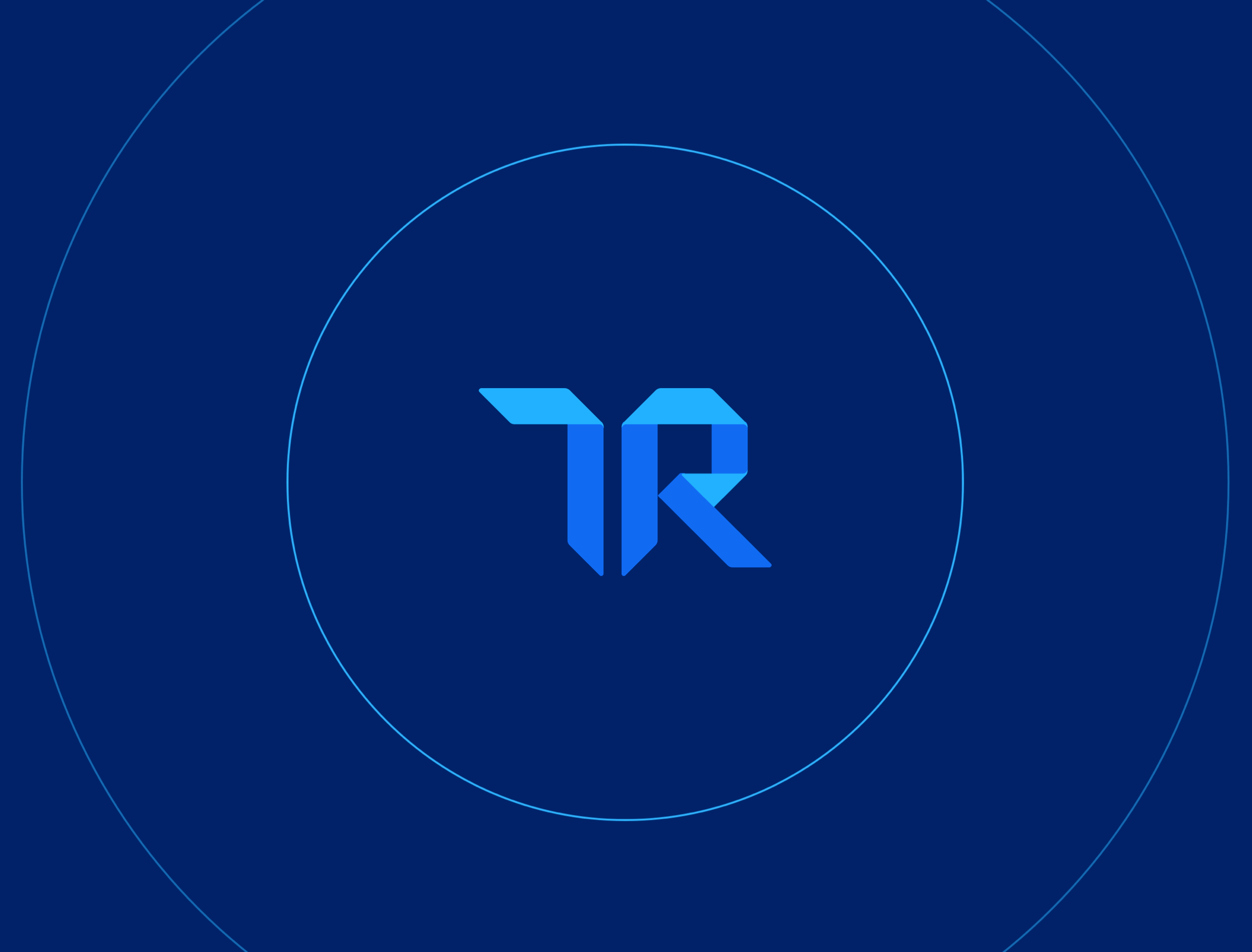
Looking for your next Workforce management software? Click here to read REAL reviews from users like you!
